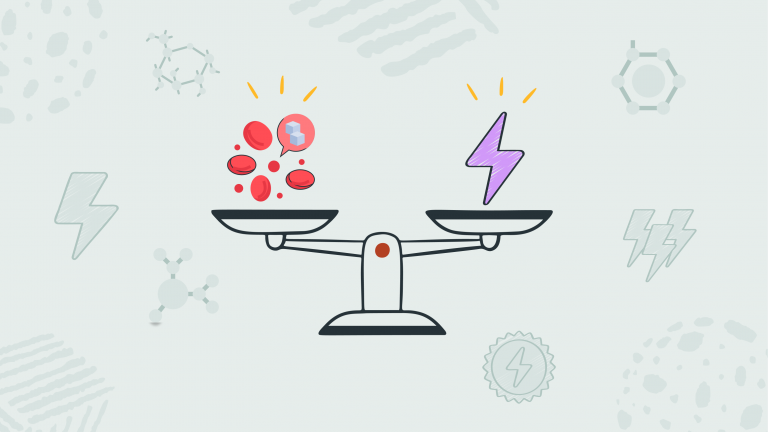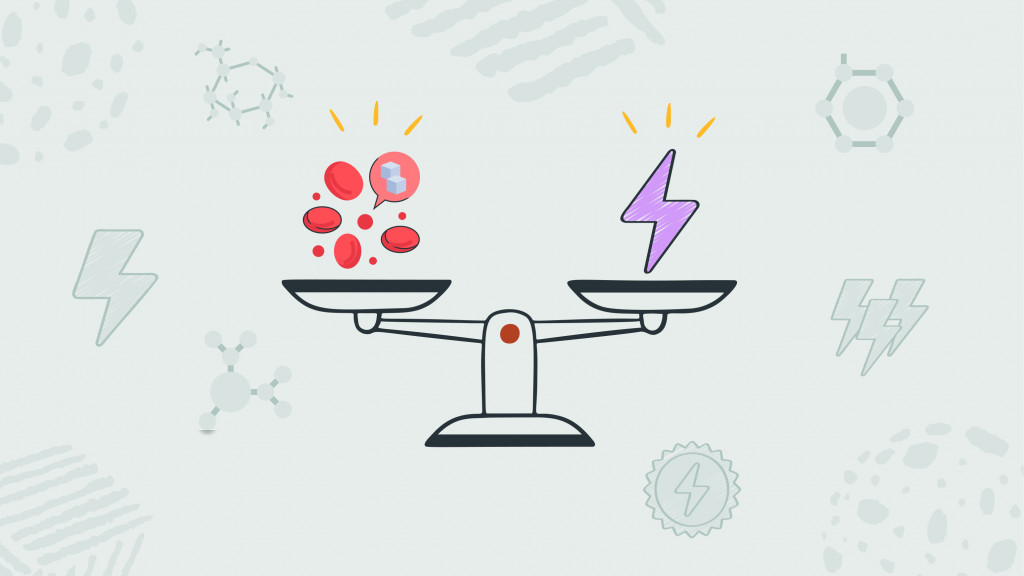Navigating the Sugar Rollercoaster
Welcome to the Sugar Rollercoaster, folks – the wildest ride in the amusement park of life! Imagine buckling up each morning, not for a day at the fair, but for the unpredictable, loop-de-loop adventure of managing your blood sugar levels.
One minute you’re soaring high on a wave of sugary bliss after demolishing that doughnut, and the next, you’re plummeting into the depths of exhaustion and crankiness, desperately craving the next sugar fix.
Oh, it’s a wild ride, alright! This rollercoaster doesn’t just mess with your energy; it sends your mood and focus on a loop-de-loop, too. Trying to keep your glucose levels steady feels like walking a tightrope, high above a sea of soda and snack aisles, where every tempting treat threatens to tip you over.
But fear not, fellow thrill-seekers! Navigating this ride is all part of the daily adventure in our quest for balance in the bustling theme park of modern life.
How Your Body Processes Sugar
Glucose regulation is your body’s method of controlling blood sugar levels, ensuring they’re neither too high nor too low. When you eat, carbohydrates break down into glucose, entering your bloodstream and prompting your pancreas to release insulin.
This hormone helps cells absorb glucose for energy or storage, maintaining a balanced energy state. However, factors like diet, activity level, and stress can disrupt this delicate balance, leading to fluctuations in blood sugar that impact your health and well-being.
On a neurological level, glucose is the brain’s primary fuel source. Stable blood sugar supports cognitive functions and emotional stability, while imbalances can lead to mental fog and mood swings. Neurochemically, sugar spikes can cause a temporary high, followed by a swift decline in energy and mood, as the body rapidly responds to normalize glucose levels.
Diving deeper into the Glycemic Game, let’s look at the players involved in this intricate dance of sugar regulation. Beyond insulin, other hormones like glucagon play a pivotal role, kicking into action when blood sugar drops, signaling the liver to release stored glucose. It’s a team effort, with insulin and glucagon balancing each other to keep your blood sugar levels just right, much like a thermostat maintaining room temperature.
But here’s the twist: not all carbs are created equal.
The glycemic index (GI) of food measures how quickly carbohydrate-containing food raises blood glucose levels. Foods with a high GI, like white bread and sugary drinks, cause rapid spikes, while low GI foods, such as oats and lentils, release glucose more slowly, helping maintain steadier blood sugar levels.
Lifestyle factors also join the fray in this game. Regular exercise, for instance, enhances insulin sensitivity, improving how your body uses sugar. Meanwhile, stress throws a wrench in the works, often leading to blood sugar surges and crashes.
It’s like playing a video game where diet, exercise, and stress management are the controls, and the prize is achieving a steady state of energy and mood, free from the dizzying highs and lows of the sugar rollercoaster.
Subscribe to newsletter
Get your Gut Health Starter Guide right now.
Elevate your Tuesdays with practical, science-backed wisdom propelling you forward on your gut health journey.

Strategies for Steady Energy
- Smart Carbohydrate Choices: Opt for complex carbs like whole grains, legumes, and vegetables that digest slowly, providing a steady release of glucose.
- Regular Meal Patterns: Eating at consistent times helps regulate blood sugar levels and prevent extreme highs and lows.
- Mindful Snacking: Choose snacks with a balance of protein, fats, and fiber to stabilize energy levels between meals.
- Exercise Regularity: Regular physical activity helps improve insulin sensitivity, meaning your body can better manage blood sugar levels.
- Stress Management: Since stress can affect blood sugar control, incorporating relaxation techniques like meditation or yoga can help maintain glucose balance.
A Real-Life Glucose Journey
Emily’s transformation journey illuminates the path from glucose chaos to controlled harmony. She shares, “My days used to be a blur of fatigue, with each hour marked by a desperate grab for something sweet, just to crash again. It was exhausting.” The turning point came when she delved into the science of blood sugar management, learning that her diet of quick fixes was the culprit behind her energy dips and mood shifts.
Armed with new knowledge, Emily revamped her eating habits. “I started planning my meals, focusing on fiber-rich vegetables, lean proteins, and healthy fats. It wasn’t just about cutting out sugar but understanding how different foods affected my body,” she explains. Her commitment to change led to noticeable shifts; not only did her energy levels become more stable, but her overall outlook on life also brightened.
Months into her journey, Emily reflects on the profound impact of her dietary overhaul. “It’s more than just feeling physically better. My mind is clearer, and I’m more emotionally balanced. I’ve reclaimed control over my body and my life,” she shares with a sense of accomplishment.


















